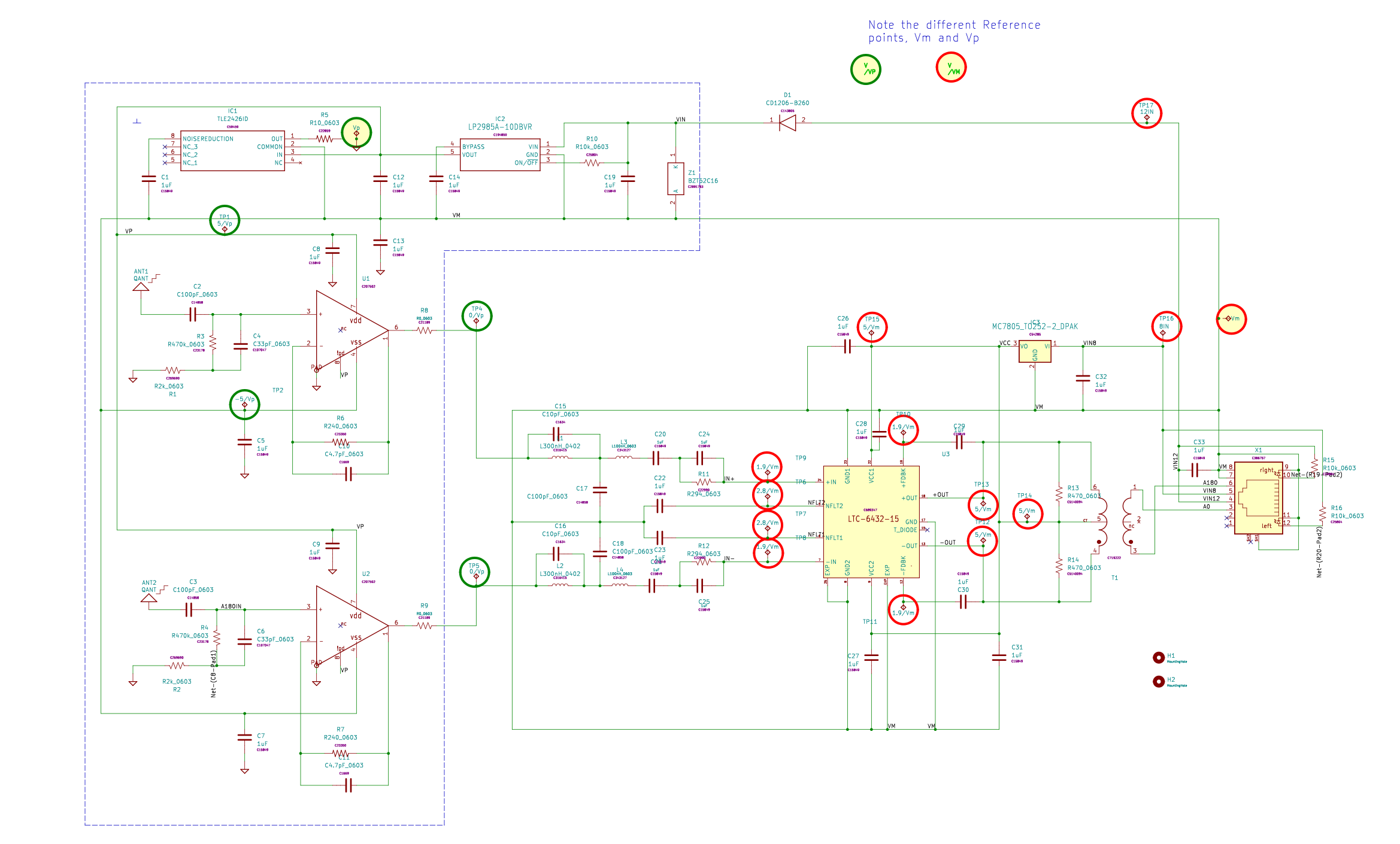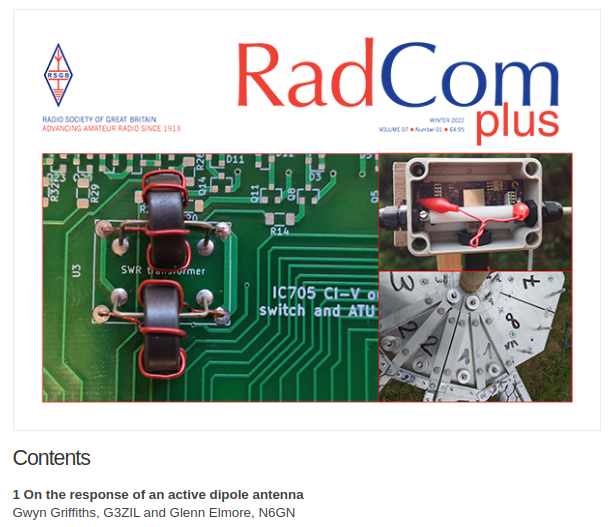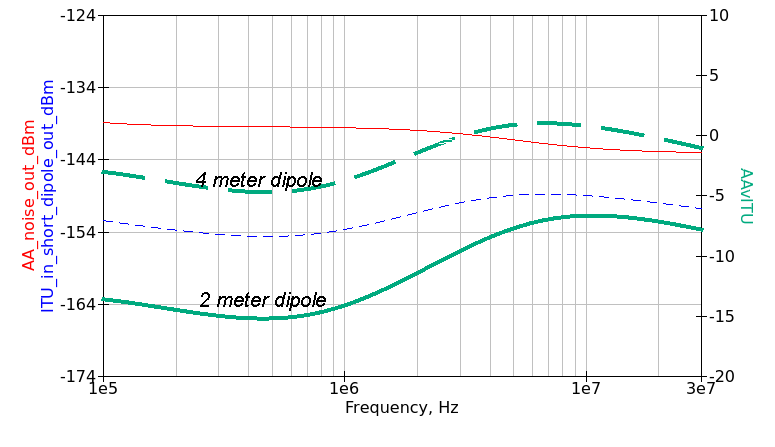
See an application in RadCom+ Winter 2022.


See an application in RadCom+ Winter 2022.

Using the test point locations below, verify the supply voltagesare as indicated. Notice that there are two different reference points for measurement, VMref and VPref ,when making these measurements. Points marked "SAME" should be within a few millivolts of each other.
RF testing is best done using a scalar or vector network analyzer such as the nanoVNA. These are 50 ohm unbalanced measurement devices and since the preamps have balanced inputs and outputs, a 1:2 transformer such as the Mini-Circuits T2-1 is useful to create a differential 100 ohm test environment. As an alternative, the binocular core from a 300:75 ohm FM/TV transformer can be rewound with 3:2 turns. These measurements are not meant to be precise, only functional so the impedance error is not critical. If desired, a short, open, load calibration may be preformed at the differential connections for improved accuracy.
Noise testing is best done with a spectrum analyzer (SA) or broadband SDR having continuous coverage of .01 - 30 MHz. Either a TinySA or a KiwiSDR works fine for this. Broadband sweep is important since it can identify problems that wouldn't be obvious with banded ham-band-only receivers.
Approximate gain measurement should show on the order of 10 dB gain for PreampA. PreampA should show relatively flat gain across .01-30 MHz in a 100 ohm environment where the low frequency shaping will have little effect.
Because the preamps are both fixed gain, when used with a calibrated SA or SDR both the total gain and noise relative to the antenna connections is determinate. Both have spectral shaping that will affect the measured response as well as the final response when used with the intended dipole or traveling wave antenna system. The PreampA system can be modeled from theoretical antenna impedance.
For PreampA, modeled noise is compared to the ITU curve C noise when using a 2 m short dipole (solid) and alwo with a 4m dipole (dashed) in the following graph in green:

|
||||
Item Description |
Provider |
Source Code |
Notes |
Approximate Material Cost(excludes setup fees and shipping) |
Assembled PreampA PCB |
Download PreampA Kit Files |
Download PreampA Source Files |
Investigating xfrmr change to improve LF response. |
US$45 |
Stainless Steel Monopole, 2 required |
American Radio Supply |
Or similar. May be available cheaper elsewhere. | US$28 | |
Thermal Padding
|
Mouser |
Other sources possible. Enclosure needs to accept 84mm wide PCB. | US$7 |
|
Enclosure 3/4" PVC Electrical box tee |
Amazon |
Available in North America, substitution may be required
elsewhere |
US$16 | |